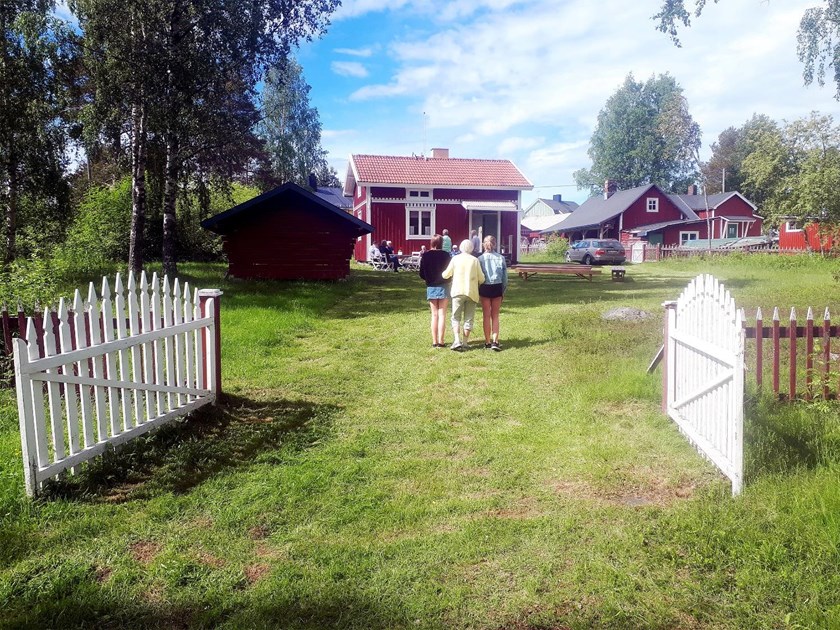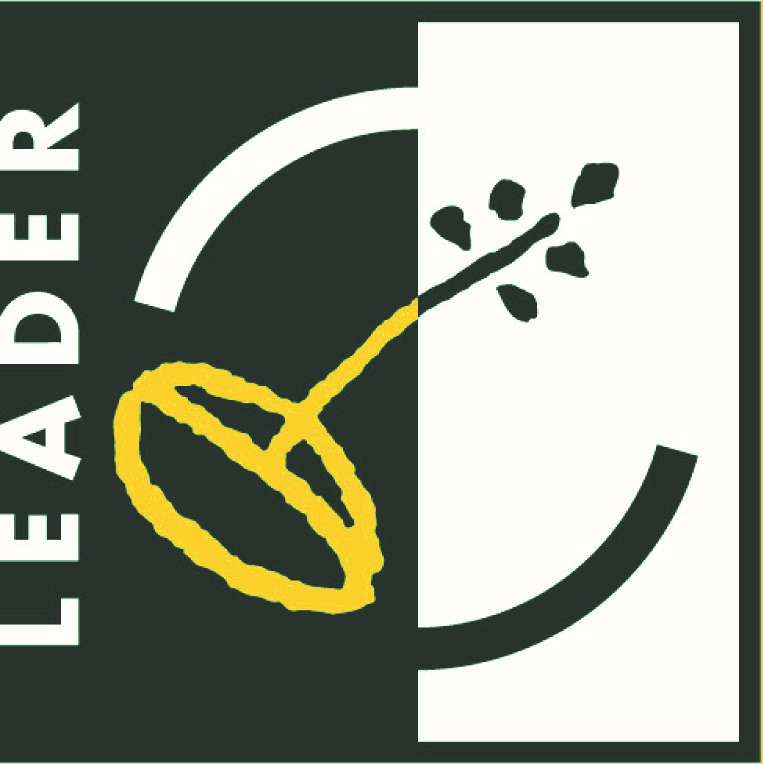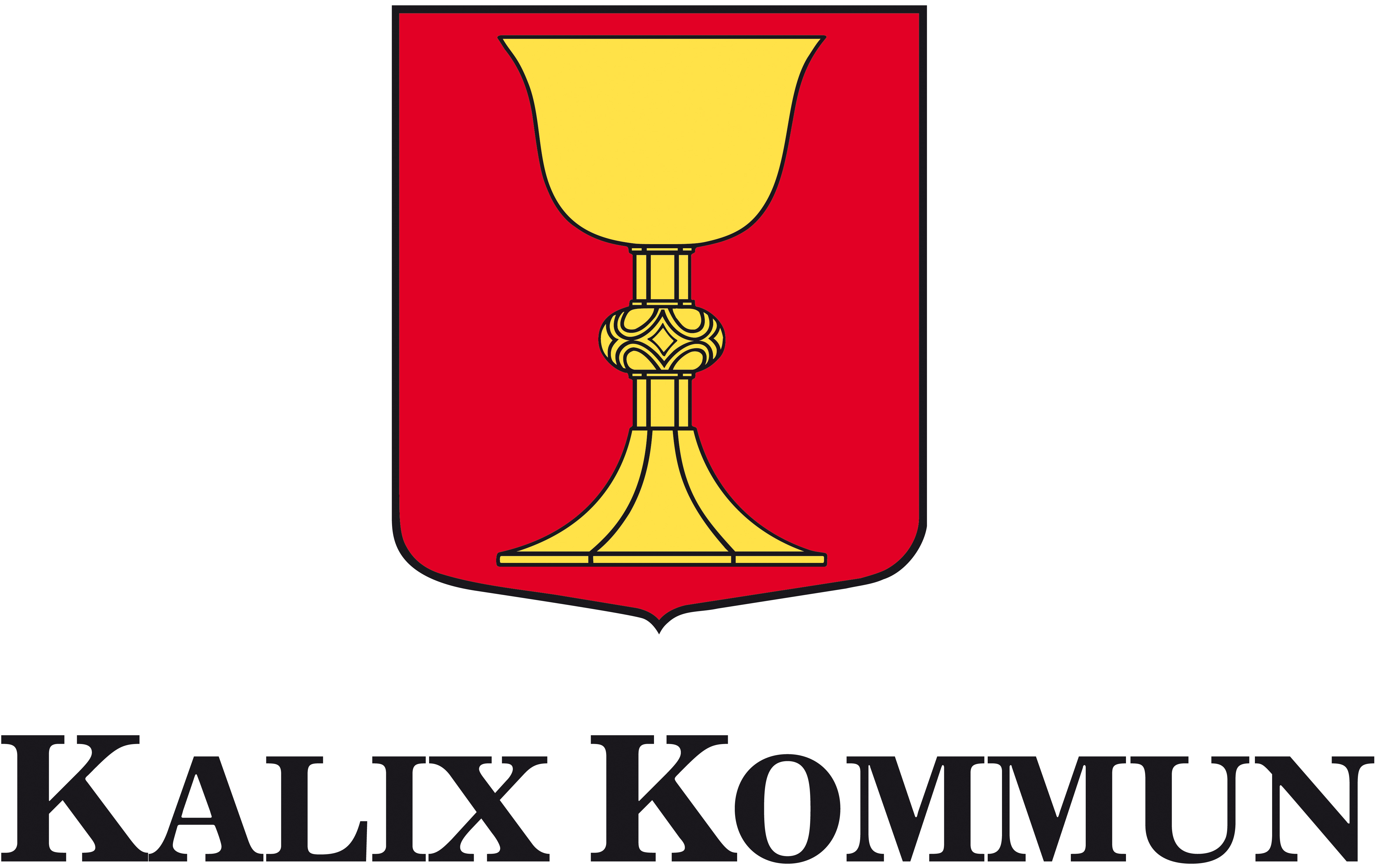3. Stålarmstrorpet – a soldiers cottage

This is one of seven soldier cottages that the village of Ytterbyn had to maintain and provide for a soldier during the time of the so-called "indelningsverket" (allotment system). We now refer to it as "Stålarmstorpet."
In 1820, a 26-year-old farmhand named Henrik Andersson from Rian arrived and took a position in the unit number 77, then known as Rupa (Ripa). He was unmarried at the time but married a soldier's daughter, Marta Trinner from Övermorjärv, in 1823.
In 1824, he obtained the regiment commander is permission to be called STÅLARM. Henrik is dismissed in 1849, but with the land redistribution in Ytterbyn, new locations were designated for the soldier cottages, and Henrik retains the older cottage.
A daughter, Maria, gives birth to a son named Oskar in 1856. His two youngest children, Edla, born in 1896, and John Stålarm, born in 1899, are the last occupants of the old Stålarmstorpet. After John's passing, the cottage was used as a recreational residence for a few years, after which it stood vacant.
The Ytterbyn Local Heritage Association felt it was a shame to see the cottage unused and deteriorating. Through an inquiry to the municipality, they took it over, renovated it, and now conduct tours and other activities in the restored soldier cottage, furnished items typical of the period. Stålarmstorpet is likely one of the best-preserved soldier cottages in Norrbotten.
John documented his life story, which became a book published by the Ytterbyn Local Heritage Association. After the deaths of both siblings, the cottage came under the ownership of Kalix Municipality. In this writing, John Stålarm shares his challenging life from 1899 to 1970 with Olov Söderlund.
The book is a poignant piece of social history, illustrating how people could live during the time of poverty in Sweden.
John lost his father before the age of three and spent his entire life at home with his mother and younger sister Edla. After his mother's passing in the 1930s, John and Edla lived alone on the farm.
John was gifted and learned to read and count before reaching school age, but after six years of schooling, he became responsible for the family's livelihood. At the age of 13, he was employed at the Karlsborg sawmill.
Even at that young age, John was marked by the harsh realities of life, but there was no choice but to work 10-hours a day for sixteen pennies per hour.
In 1936, due to illness, John was forced to quit his job at the sawmill. After that, he supported himself and his family through odd jobs in the village farms. In 1939, he received part-time pension, and ten years later, he transitioned to full-time pension.
Information signs in english
-
Revet’s boat harbour is an old fishing harbour. Many villagers had leisure boats for archipelago trips and transportation to their ...
-
This is one of seven soldier cottages that the village of Ytterbyn had to maintain and provide for a soldier during the time of th ...
-
At Kattgrundet, there were boathouses and a harbor for fishing and recreational boats throughout the 20th century. The shallowing ...
-
Wikströmskajen is named after the pilot, later steamboat captain, Nils Oskar Wikström (1856-1924). In the picture, taken from Kat ...
-
In 1874, Calix Ångsågs AB, or "Nya Bolaget" (The New Company), was formed with the purpose of offering good prices to the forest o ...
-
The majority of the timber originates from the log driving in the Kalix River. The logs were sorted according to their respective ...
-
Slussen is an old fishing harbour that got its name from a lock system regulating the water level in Minasfjärden, now known as Sm ...
Kultur- och naturstigen i Nyborg finansieras av:









